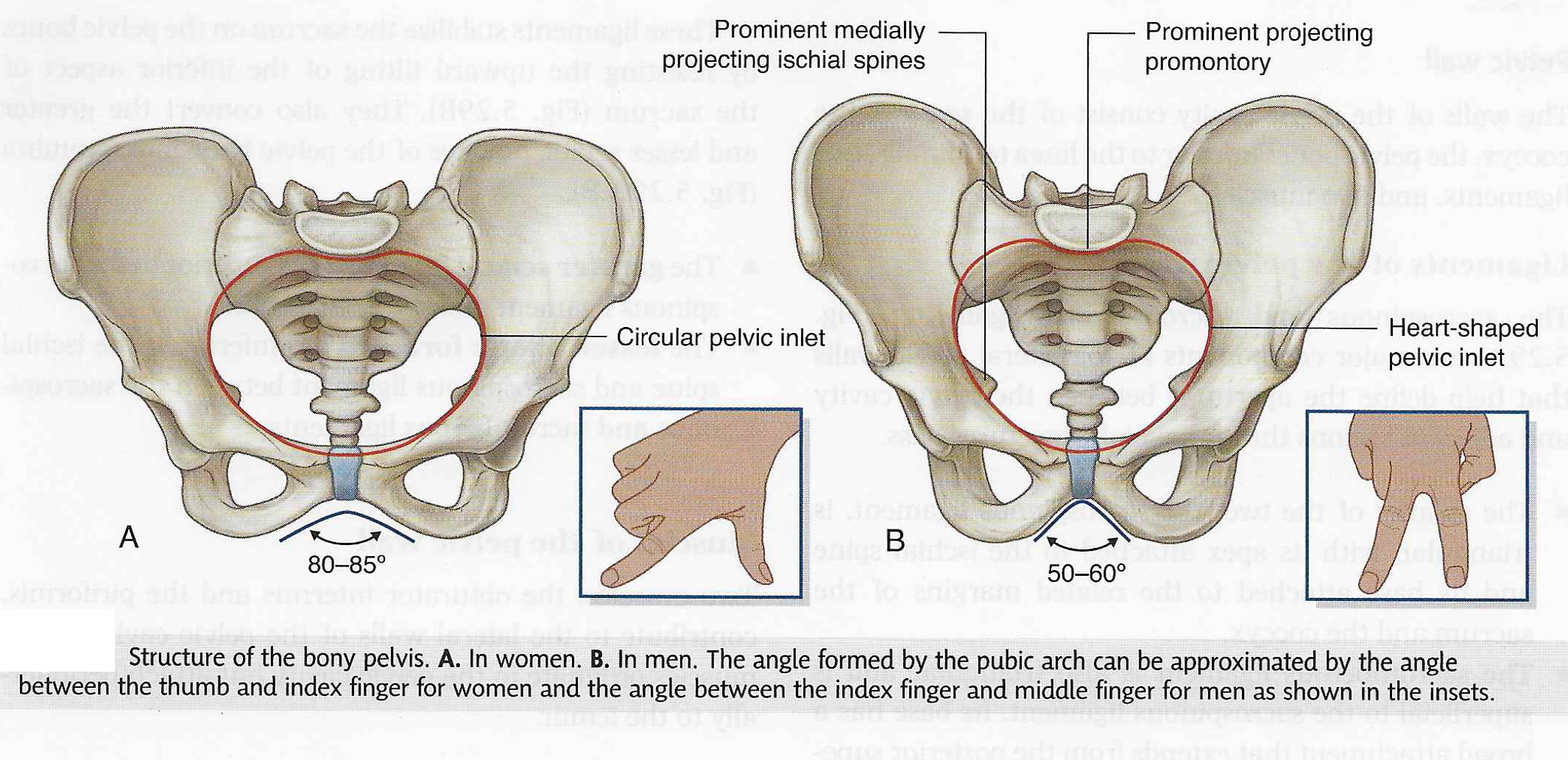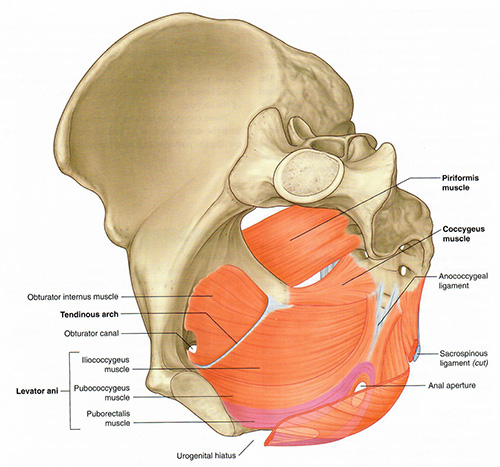
END 1 Lab 2: Male Pelvis and Genitalia: Module 1
OBJECTIVES:END1.2.1 Identify the arterial and venous supply of the male genitalia. END1.2.2 Identify the extent of the peritoneal cavity, its folds, its reflections, and its pouches and spaces in the male pelvis and their relationship to the pelvic contents. END1.2.3 Distinguish between the ligaments which are formed by folds of peritoneum, ligaments formed by the gubernaculums, and ligaments which are formed by condensations of visceral pelvic fascia in terms of their function and location. END1.2.4 Identify the pelvic viscera, their normal positions and anatomical relationships. END1.2.5 Identify the muscular and ligamentous components of the inguinal ligament and inguinal canal in the male. Demonstrate the surface projections of the inguinal rings and inguinal canal. Discuss direct and indirect / hernias. END1.2.6 Trace the course of the spermatic cords as they descend through the inguinal canal to the scrotum. END1.2.7 Discuss the effects of sympathetic and parasympathetic innervation of the male genitalia. |
Male Pelvis and Genitalia: Page 1 of 8
This module begins with an overview of the male pelvis, focusing on bony landmarks, pelvic wall structures, and muscular anatomy.
| Begin with the male skeleton to establish the bony framework of he pelvis. |
What are the key differences between a male and female pelvis? |
|
|
The male pelvis is generally narrower, taller, and more robust with a heart-shaped pelvic inlet. The subpubic angle is more acute (<60°), and the ischial spines project more medially. In contrast, the female pelvis is wider, shallower, and has a broader subpubic angle (>85°). 
|
|
 |
| Pelvic floor Tap on image to enlarge |

| Add the lateral pelvic wall muscles and ligaments. | |
| Using the Highlight Tool, identify the following structures:
|
Note that the sacrospinous ligament was not identified in this model. However, it normally extends from the sacrum to the ischial spine and helps divide the greater and lesser sciatic foramina.